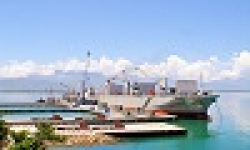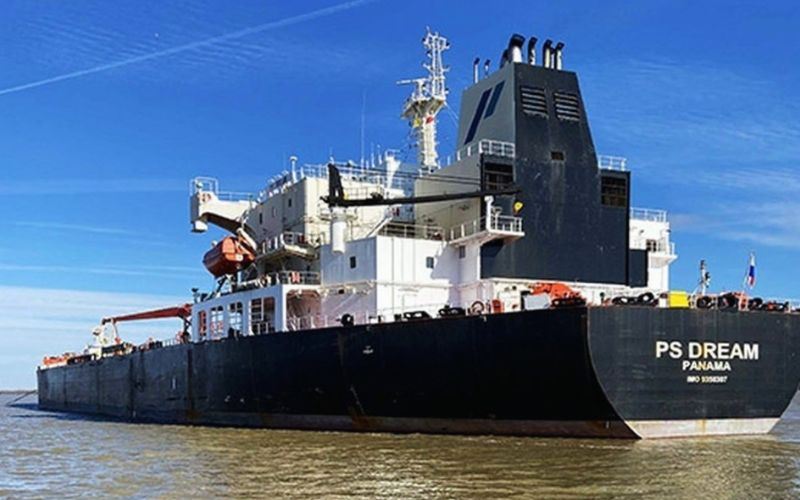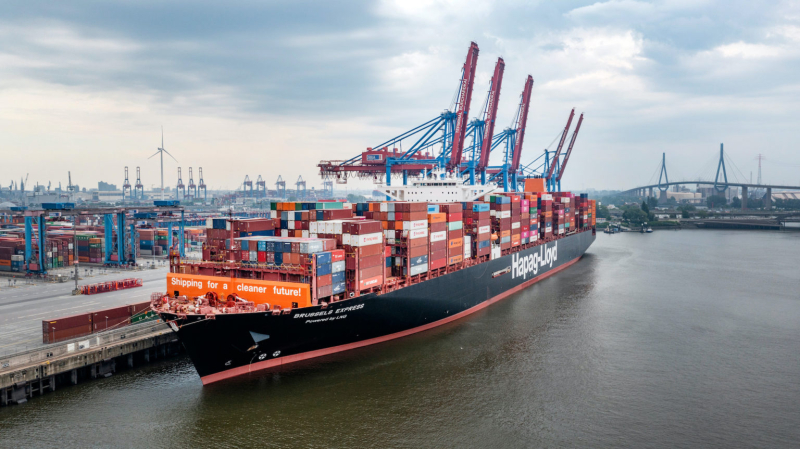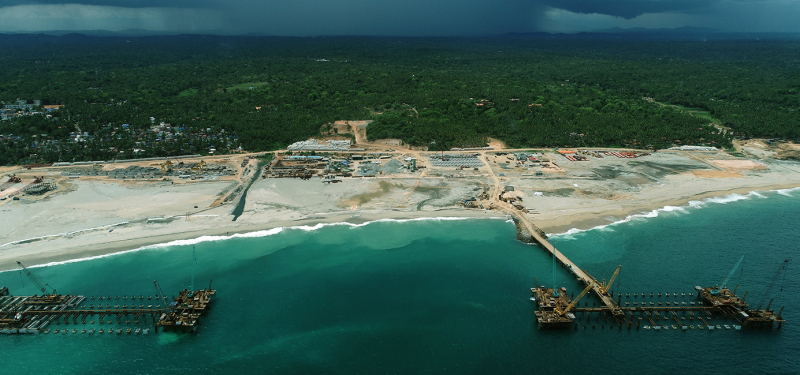The Joint Industry Security Group (JISG) has issued an update to the Interim Industry Transit Advice for the Southern Red Sea and the Gulf of Aden, warning ship operators and maritime stakeholders of an escalating threat posed by Houthi forces.
The new guidance outlines the risks to merchant vessels in the region, emphasizing the importance of naval protection and the potential dangers to vessels linked to Israel, the United States, and the United Kingdom. The changes come in response to the rapidly evolving nature of attacks by the Houthis, who continue to target international shipping in solidarity with the ongoing Israel-Hamas conflict in Gaza.
According to JISG, which comprises key maritime industry associations such as BIMCO, the International Chamber of Shipping, CLIA, INTERCARGO, INTERTANKO, OCIMF, and IMCA, the updated advice highlights the Houthis’ expanded scope of aggression. The group’s attacks now extend to vessels associated with countries like Israel, and even ships that may have docked at Israeli ports in the past two years.
The threat posed by the Houthis is multifaceted and continues to evolve. The methods of attack include masquerading as Yemeni officials, using anti-ship cruise and ballistic missiles, water-borne improvised explosive devices, drones, and mines.
The Expanding Houthi Threat
Since the hijacking of the Galaxy Leader in November 2023, Houthi forces have continuously increased the intensity of their attacks, posing significant risks to shipping routes in the Southern Red Sea, Bab el-Mandeb Strait, and the Gulf of Aden. Their campaign has already resulted in damage to over 30 vessels, the sinking of two, and the deaths of four seafarers. As a result, shipping companies have started seeking alternative routes, including around the Cape of Good Hope, even as the presence of international naval forces grows in the region.
The Joint Industry Security Group detailed the various methods employed by Houthi forces in the attacks. These include sophisticated anti-ship missiles, often launched under the guise of Yemeni coastguard or navy personnel, and the use of uncrewed surface and aerial vehicles—commonly known as drones. Mines, explosive-laden skiffs, and even crewed hijacking attempts have all been documented. The advice underscores that the information used by Houthi forces to select targets is sometimes inaccurate, leading to collateral damage and unintended strikes on vessels with no direct links to Israel or its allies.
In response to these threats, coalition naval forces have established a high-risk area, extending from parallel 17°30′ N in the Red Sea to the northwest Indian Ocean at parallel 10°00′ N and longitude 056°00′ E. This zone is closely monitored by naval operations, including the European Union Naval Force’s Operation Aspides and the Combined Maritime Forces’ Task Force 153, both of which are engaged in protecting shipping from Houthi attacks.
Enhanced Maritime Security Measures
The updated advice from JISG provides further recommendations for ship operators, with a focus on risk assessment, voyage planning, and security measures. Shipowners are urged to thoroughly assess whether to employ armed guards, considering the risk of escalation and the potential challenges armed teams might face, especially against uncrewed vessels or drones. The guidance advises close adherence to the Best Management Practices (BMP) protocols, which call for regular communication with naval authorities like EUNAVFOR and UKMTO.
Additionally, the advice strongly recommends that shipowners and operators limit public information about their vessels, particularly regarding past port calls at Israeli locations. The Houthis have been known to target vessels based on such data, even when the information is inaccurate or outdated.
One critical consideration for ships transiting the region is the use of the Maritime Security Transit Corridor (MSTC), an established route monitored by coalition warships. The narrow Bab el-Mandeb Strait presents particular challenges, as ships may pass as close as seven nautical miles from the Yemeni coastline, where Houthi forces are concentrated.
“The need for heightened vigilance cannot be overstated,” warned a naval security expert. “The Houthis have demonstrated the capability to attack both during the day and night, using a combination of sophisticated technology and rudimentary means such as skiffs armed with explosives.”
Navigational and Reporting Recommendations
For vessels navigating these high-risk waters, the advice stresses the importance of maintaining frequent contact with military authorities and reporting any suspicious activity. The recommendations also suggest minimizing the use of Automatic Identification System (AIS) data, which can expose ship positions to hostile forces. However, turning off AIS entirely could hinder naval forces’ ability to assist in emergencies, so ships are encouraged to balance these risks and report their positions frequently to naval forces in the area.
Should vessels be contacted by individuals claiming to represent the Yemeni Navy and instructed to change course, the guidance is clear: ignore such requests and contact coalition warships immediately on VHF Channel 16.
International Naval Presence and Coordination
In a bid to secure this critical maritime passageway, naval forces from the EU and Combined Maritime Forces are conducting robust operations aimed at deterring Houthi aggression. Operation Aspides and Task Force 153 are key players in providing merchant vessels with security, offering patrols and, in some cases, direct protection. Shipping companies are encouraged to remain in constant communication with these naval operations to ensure the safety of their vessels and crews.
The establishment of the Joint Maritime Information Centre (JMIC) by the Combined Maritime Forces provides additional support, supplying accurate data on incidents and allowing ship operators to make informed decisions.
For those vessels already operating in the region or planning future transits, the updated JISG advice is indispensable in mitigating risk and safeguarding shipping lanes. With the ongoing conflict in the region showing no signs of abating, the stakes for merchant vessels navigating the Southern Red Sea and Gulf of Aden have never been higher.





























